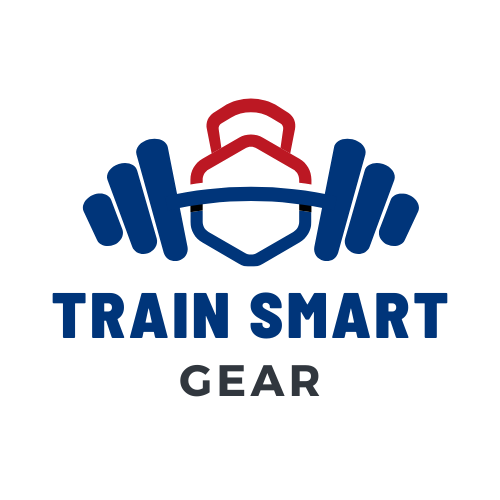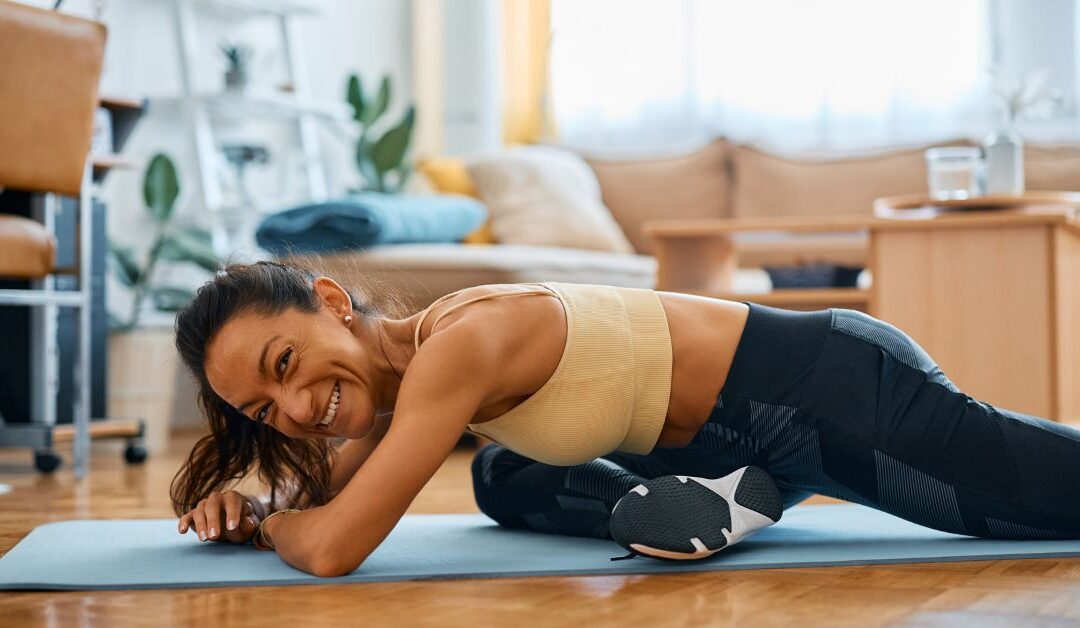In the world of fitness, flexibility & mobility are often treated as optional add-ons. Many people focus heavily on cardio and strength training, but without a body that moves well, progress eventually stalls. This guide explains why flexibility and mobility matter, how they differ, and what practical steps you can take to improve both. By the end, you’ll understand how these two overlooked elements are key to preventing injuries, boosting performance, and even reducing stress.
Flexibility vs. Mobility: What’s the Difference?
Though the terms are often used interchangeably, they mean different things:
- Flexibility: The ability of a muscle or muscle group to lengthen passively. Think of reaching down to touch your toes.
- Mobility: The ability of a joint to actively move through its full range of motion with control. Imagine performing a deep squat with ease.
Both are necessary. Flexibility without mobility leaves you bendy but weak in control, while mobility without flexibility limits your movement quality.
Why Flexibility & Mobility Matter
Injury Prevention
Tight muscles and restricted joints lead to compensations and strain. Incorporating stretching and mobility drills lowers your risk of common injuries, especially during strength training or high-intensity cardio sessions.
Performance Enhancement
Better mobility means better form. From squats to overhead presses, your body moves more efficiently, helping you lift heavier, run faster, and train longer.
Balance & Stability
Mobility work improves joint stability, which directly supports your balance. This is crucial not only for athletes but also for everyday wellness.
Stress Relief
Practices like yoga & mindful movement combine flexibility training with relaxation, easing tension and improving mental health.
Practical Steps to Improve Flexibility & Mobility
1. Dynamic Warm-Ups
Before workouts, use dynamic stretches like leg swings, inchworms, or arm circles. These prime your muscles for activity and prepare joints for a safe range of motion.
2. Static Stretching (Post-Workout)
After exercise, hold stretches for 20–60 seconds. This is where you lengthen muscles and improve flexibility over time.
3. Mobility Drills
Incorporate exercises such as hip openers, ankle dorsiflexion drills, and thoracic spine rotations. These can be done daily in just 5–10 minutes.
4. Recovery Tools
Foam rollers, massage balls, and other recovery tools help release tight spots. Using them consistently improves both flexibility and mobility.
5. Blend with Other Practices
- Pilates & core training: Strengthens stabilizers while promoting mobility.
- Outdoor fitness: Movements like lunges, sprints, or climbing add variety and challenge joints differently.
- Portable fitness gear: Resistance bands are excellent for mobility warm-ups at home or on the go.
Flexibility & Mobility in a Full Training Plan
- Strength Training: Combine big lifts with mobility prep (e.g., hip openers before squats).
- Cardio Equipment: Post-cardio stretching prevents tightness in the hips and calves.
- Functional Fitness: Movements like kettlebell flows challenge both mobility and strength.
- Studio & Professional Use: Many studios now offer mobility-focused classes as stand-alone sessions.
Tips for Success
- Dedicate at least 10 minutes of every workout to flexibility & mobility.
- Keep a yoga mat or resistance band handy as part of your home gym essentials.
- Pair stretching with breathing exercises for relaxation and focus.
- Track your progress — measure range of motion improvements in squats, lunges, or presses.
- Stay motivated by testing new arrivals in recovery and mobility gear.
Flexibility and mobility aren’t extras — they’re the foundation of a healthy, functional body. By making them a consistent part of your fitness routine, you’ll not only protect yourself from injury but also perform better in strength training, cardio, and everyday life. Whether you’re rolling out on a foam roller, flowing through yoga, or exploring outdoor fitness, remember: mobility is longevity.
For more guidance, explore our related posts on Strength Training for Beginners and Top Recovery Tools. Your future self will thank you.

